The Additional Secondary Phase Correction System for AIS Signals
Abstract
:1. Introduction
2. The Overall Design of the Secondary Phase Correction System
2.1. The Basic Structure and Measuring Principle of the ASF Correction System
2.2. The Selection Method and Signal Format of the Test Signal for the ASF Correction System
- The test signal should be as similar to the actual AIS signal as possible, so the propagation characteristics of the actual AIS signal can be approximately obtained by the propagation characteristics of the test signal;
- Unlike the AIS system using time division multiple address (TDMA) mode, the transmitter and receivers of the ASF correction system should keep continuously working to provide a more accurate measurement of the time delay. Therefore, the ASF correction system at work should ensure that it does not affect the normal operation of the actual AIS system. This requires the central frequency point of the test signal to be different from the central point of the actual AIS signal and the transmission power should be as low as possible.
- The format of the test signal should be appropriate for measuring the transmission delay, and the modulation and demodulation of the signal should be easy to realize as far as possible.
- The test signal modulates the carrier signal by way of binary phase shift keying (BPSK) using the pseudorandom sequence. This type of signal was helpful for accurately measuring the transmission delay of the signal and for the current GNSS systems to measure the transmission delay. Thus, the modulation and demodulation of BPSK were very easy to obtain.
- The bit rate of the pseudorandom sequence was set to 10,200 bps, close to the bit rate of the actual AIS signal, which is 9600 bps. The frequency of the carrier signal was set to 160 MHz and the transmit power was set to 100 mW. This type of signal was similar to the actual AIS signal, but did not affect the normal work of the AIS system.
- A pseudorandom sequence length of 255 chips is close to an AIS signal message length of 256 bits and the primitive polynomial of the pseudorandom sequence is . Furthermore, the bit rate of the pseudorandom sequence was 10,200 bps, and it can guarantee 40 complete cycles in one second.
3. The Design of the Transmitter and the Receiver
3.1. The Signal Generating Module of the Transmitter System
- The disciplined rubidium clock module: The PPS signal was obtained by adjusting the divided frequency of the rubidium clock in this module to synchronize with the PPS signal provided by the external GNSS receiver. In the coarse adjustment stage, the disciplined rubidium clock module directly shifts the phase to the frequency division PPS signal. In the fine adjustment stage, this module adjusts the frequency of the rubidium clock by writing the frequency control word to the rubidium clock, to implement accurate synchronization between the phases of the two PPS signals.
- The pseudorandom sequence generating module: The initial state of the eight-bit shift register all had a value of one, and the atomic clock provided a synchronized 1 PPS signal as a reset signal to take the register back to the initial state. The host clock signal of the system—provided by the atomic clock—was divided by obtaining the clock signal of 10,200 Hz that controlled the shift of the register. The length of the M sequence generated by this method was 255, and its primitive polynomial was . The bit rate was 10,200 bps, and 40 cycles of the M sequence were generated per second.
- The signal modulation module: The mode of the signal modulation was BPSK, and the carrier signal frequency was 160 MHz. Due to the high performance of the FPGA chip, the digital carrier used for the BPSK modulation of the signal was directly generated by the FPGA chip. In the modulating process, first, a pair of differential 160 MHz clocks was obtained by the frequency multiplication of the external 10 MHz signal. Next, as per the symbols of the pseudorandom sequence, the 160 MHz clock was output. If the code was “1”, a normal form was output. If the code was “0”, a differential form was output.
3.2. The Signal Processing Module of the Receiver System
- S1:
- The searching signal state. In the searching state, it is necessary to carry out two-dimensional searches of the carrier frequency and code phase. The code phase interval of nine correlators was set at half a code, and the code phase of the first correlator was set at the synchronous code phase with zero delay. In the case of the accurately reproduced carrier frequency, there was a significant correlation peak in one of the nine correlators. The system then determined the signal captured and entered the state of S2, where the code phase delay of the correlator was the rough transmission delay of the signal.
- S2:
- Adjusting the center channel. As per the correlation results of the nine correlators given by the state of S1, the maximum correlation value corresponding to the code phase of the correlator was set at the center channel, namely the code phase of CH5. The system enters the state of S3.
- S3:
- Adjusting the other channels. In the case of the code phase of the center channel CH5 (determined by the state of S2), the code phases of the other channels were set. CH4, CH2, CH3, and CH1 (four channels) in turn lead one-eighth, a quarter, three-eighths and a half codes before the CH5 channel; CH6, CH7, CH8, and CH9 (four channels) in turn lag one-eighth, a quarter, three-eighths and a half codes behind the CH5 channel, before the system enters the state of S4.
- S4:
- The tracking signal state. In the tracking state, the correlation values of the four leading channels, CH4, CH3, CH2, and CH1, and the correlation values of the four lagging channels, CH6, CH7, CH8, and CH9, were accumulated. The result obtained by subtracting the lagging accumulated value from the leading accumulated value was used to adjust the code phase of the CH5 channel. The use of the symmetry of the correlation characteristic curve of the pseudorandom code was used to achieve the real-time dynamic tracking of the pseudorandom code. Additionally, the correlation value of the CH5 channel was used to keep track of the carrier frequency. Finally, it determined whether to lose lock as per the magnitude of the correlation value given by the CH5 channel. If lost, the system will enter the state of S1 to search for the signal again.
4. The Actual Test Results of the ASF Correction System
- (1)
- The ASF correction system provided an average correction of 229.0738 m for the original data at 22 °C.
- (2)
- The ASF correction system provided an average correction of 243.6178 m for the original data at 24 °C.
- (3)
- The ASF correction system provided an average correction of 276.525 m for the original data at 25 °C.
- (4)
- The ASF correction system provided an average correction of 66.1956 m for the original data at 27 °C.
- (5)
- The ASF correction system provided an average correction of 128.1657 m for the original data at 28 °C.
- (1)
- The ASF correction system provided an average correction of 41.0782 m for the original data with 3.6 km/h of wind speed.
- (2)
- The ASF correction system provided an average correction of 54.8815 m for the original data with 7.2 km/h of wind speed.
- (3)
- The ASF correction system provided an average correction of 284.662 m for the original data with 10.8 km/h of wind speed.
- (4)
- The ASF correction system provided an average correction of 305.8199 m for the original data with 14.4 km/h of wind speed.
- (1)
- The ASF correction system provided an average correction of 166.9449 m for the original data with wind directions towards the east-southeast.
- (2)
- The ASF correction system provided an average correction of 218.6659 m for the original data with wind directions towards the east.
- (3)
- The ASF correction system provided an average correction of 166.6964 m for the original data with wind directions towards the north-northeast.
- (4)
- The ASF correction system provided an average correction of 63.7418 m for the original data with wind directions towards the west.
- (5)
- The ASF correction system provided an average correction of 54.8815 m for the original data with wind directions towards the west-northwest.
- (6)
- The ASF correction system provided an average correction of 321.0044 m for the original data with wind directions towards the north.
- (1)
- The ASF correction system provided an average correction of 10.4741 m for the original data when the weather was partly cloudy.
- (2)
- The ASF correction system provided an average correction of 232.9513 m for the original data when the weather was cloudy.
- (3)
- The ASF correction system provided an average correction of 258.2011 m for the original data when the weather was foggy.
- (4)
- The ASF correction system provided an average correction of 218.2041 m for the original data when the weather was sunny.
5. Results and Discussion
5.1. The Application of the ASF Correction System
5.2. The Practical Positioning Experiment
5.3. Discussion
6. Conclusions
Acknowledgments
Author Contributions
Conflicts of Interest
References
- International Association of Marine Aids to Navigation and Lighthouse Authorities. IALA Recommendation R-129 on GNSS Vulnerability and Mitigation Measures; International Association of Marine Aids to Navigation and Lighthouse Authorities: Saint Germain en Laye, France, 2012. [Google Scholar]
- Papadimitratos, P.; Jovanovic, A. Protection and fundamental vulnerability of GNSS. In Proceedings of the 2008 International Workshop on Satellite and Space Communications, IWSSC’08, Toulouse, France, 1–3 October 2008; pp. 171–197. [Google Scholar]
- Jing, S.; Zhan, X.Q.; Liu, X.; Feng, S.J. GNSS vulnerability assessment based on application suitability. In Proceedings of the 27th International Technical Meeting of the Satellite Division of the Institute of Navigation, ION GNSS 2014, Tampa, FL, USA, 8–12 September 2014; pp. 2291–2298. [Google Scholar]
- Zhao, X.; Zhan, X.Q.; Liu, X.; Li, S.J. GNSS vulnerability analysis and assessment. J. Aeronaut. Astronaut. Aviat. 2014, 46, 12–20. [Google Scholar]
- Kim, G.H.; Jeon, S.H.; Kim, C.W.; Han, D.W.; Kee, C.D.; Choi, S.J. A combined numerical-empirical orbit propagation algorithm for satellite tracking and backup navigation system. In Proceedings of the Institute of Navigation International Technical Meeting 2012, ITM 2012, Newport Beach, CA, USA, 30 January–1 February 2012; pp. 812–819. [Google Scholar]
- Whelan, D.; Enge, P.; Gutt, G. Robust time transfer from space to backup GPS. In Proceedings of the 23rd International Technical Meeting of the Satellite Division of the Institute of Navigation 2010, ION GNSS 2010, Portland, OR, USA, 21–24 September 2010; pp. 907–914. [Google Scholar]
- Becker, G.T.; Lo, S.; De Lorenzo, D.; Qiu, D.; Paar, C.; Enge, P. Efficient authentication mechanisms for navigation systems—A radio-navigation case study. In Proceedings of the 22nd International Technical Meeting of the Satellite Division of the Institute of Navigation 2009, ION GNSS 2009, Savannah, GA, USA, 22–25 September 2009; pp. 2209–2220. [Google Scholar]
- International Association of Marine Aids to Navigation and Lighthouse Authorities. IALA Recommendation A-126 On The Use of the Automatic Identification System (AIS) in Marine Aids to Navigation Services; International Association of Marine Aids to Navigation and Lighthouse Authorities: Saint Germain en Laye, France, 2011. [Google Scholar]
- International Association of Marine Aids to Navigation and Lighthouse Authorities. IALA Recommendation A-124 APPENDIX 1 Basic AIS Services, AIS Data Model and AIS Service specific MDEF sentences; International Association of Marine Aids to Navigation and Lighthouse Authorities: Saint Germain en Laye, France, 2011. [Google Scholar]
- International Telecommunication Union. Technical Characteristics for an Automatic Identification System Using Time-Division Multiple Access in the VHF Maritime Mobile Band; International Telecommunication Union: Geneva, Switzerland, 2014. [Google Scholar]
- International Maritime Organization. SOLAS 1974 Amendments; The Bath Press: Bath, UK, 2000. [Google Scholar]
- International Association of Marine Aids to Navigation and Lighthouse Authorities. IALA Recommendation A-124 on the AIS Service; International Association of Marine Aids to Navigation and Lighthouse Authorities: Saint Germain en Laye, France, 2012. [Google Scholar]
- International Association of Marine Aids to Navigation and Lighthouse Authorities. Iala Technical Clarifications on Recommendation Itu-R M.1371-3; International Association of Marine Aids to Navigation and Lighthouse Authorities: Saint Germain en Laye, France, 2012. [Google Scholar]
- Strategy for the Development and Implementation of E-Navigation. Available online: http://www.imo.org/en/OurWork/Safety/Navigation/Documents/enavigation/MSC%2085%20-%20annex%2020%20-%20Strategy%20for%20the%20development%20and%20implementation%20of%20e-nav.pdf (accessed on 16 September 2016).
- Draft E-Navigation Strategy Implementation Plan. Available online: http://www.imo.org/en/OurWork/Safety/Navigation/Documents/enavigation/SIP.pdf (accessed on 16 September 2016).
- Jiang, Y.; Hu, Q.; Yang, D.K.; Zheng, K. Map Projection Positioning Method in Ranging-mode of Automatic Identification System. ICIC Express Lett. 2016, 10, 1093–1100. [Google Scholar]
- Johnson, G.; Swaszek, P.; Alberding, J.; Hoppe, M.; Oltmann, J.H. The feasibility of r-mode to meet resilient PNT requirements for e-navigation. In Proceedings of the 27th International Technical Meeting of the Satellite Division of the Institute of Navigation, Tampa, FL, USA, 8–12 September 2014; pp. 3076–3100. [Google Scholar]
- Kaune, R. Accuracy studies for TDOA and TOA localization. In Proceedings of the 15th International Conference on Information Fusion, FUSION 2012, Singapore, 7–12 September 2012; pp. 408–415. [Google Scholar]
- Bagdonas, K.; Borre, K. Ubiquitous WiFi/GNSS positioning system—TOA based distance estimation. In Proceedings of the 21st International Technical Meeting of the Satellite Division of the Institute of Navigation, ION GNSS 2008, Savannah, GA, USA, 16–18 September 2008; pp. 1086–1092. [Google Scholar]
- Dashti, M.; Ghoraishi, M.; Takada, J.I. Optimum threshold for ranging based on TOA estimation error analysis. In Proceedings of the 2009 IEEE 20th Personal, Indoor and Mobile Radio Communications Symposium, PIMRC 2009, Tokyo, Japan, 13–16 September 2009; pp. 988–992. [Google Scholar]
- Zhang, Y.H.; Cui, Q.M.; Li, Y.X.; Zhang, P. A novel TOA estimation method with effective NLOS error reduction. J. China Univ. Posts Telecommun. 2008, 15, 32–37. [Google Scholar] [CrossRef]
- Hu, Q.; Jiang, Y.; Zhang, J.B.; Sun, X.W.; Zhang, S.F. Development of an Automatic Identification System Autonomous Positioning System. Sensors 2015, 15, 28574–28591. [Google Scholar] [CrossRef] [PubMed]
- Chen, X.M.; Li, W.K.; Chen, Y.B.; Xu, J.M. Calculation& Research on ASF Correction of Loran-C. J. Astronaut. Metrol. Meas. 2009, 29, 26–30. [Google Scholar]
- Jiang, Y.; Zhang, S.F.; Yang, D.K. A Novel Position Estimation Method Based on Displacement Correction in AIS. Sensors 2014, 14, 17376–17389. [Google Scholar] [CrossRef] [PubMed]
- Wang, X.Y.; Zhang, S.F. The Research of Prediction Algorithm for the Secondary Factor of AIS Signal. Acta Electron. Sin. 2016, 44, 2121–2125. [Google Scholar]
- Huang, X.X.; Yang, D.K.; Lin, H.W. Methods of ASF correction in Loran-C system. Comput. Eng. Appl. 2009, 45, 144–146. [Google Scholar]
- Li, H.Q.; Ma, S.T.; Wang, S.C. Study on Rectificating Error Method to Loran-C ASF. J. Qingdao Univ. 2005, 18, 46–51. [Google Scholar]
- Gao, R. ASF Correction in Loran C Signal Transmission. Modern Electron. Tech. 2006, 13, 10–11. [Google Scholar]
- Luo, N.; Mao, G.; Lachapelle, G.; Cannon, E. ASF effect analysis using an integrated GPS/eLORAN positioning system. In Proceedings of the Institute of Navigation, National Technical Meeting 2006, NTM, Monterey, CA, USA, 18–20 January 2006; pp. 967–976. [Google Scholar]
- Xu, W.; Zhan, J.L.; Li, W.K.; Gao, L. Prediction and measurement of Loran-C Additional Secondary Factor (ASF). In Proceedings of the 2011 International Conference on Future Wireless Networks and Information Systems, ICFWI 2011, Macao, China, 30 November–1 December 2011; pp. 225–232. [Google Scholar]
- Hargreaves, C.; Williams, P.; Bransby, M. ASF quality assurance for eLoran. In Proceedings of the 2012 IEEE/ION Position, Location and Navigation Symposium, PLANS 2012, Myrtle Beach, SC, USA, 23–26 April 2012; pp. 1169–1174. [Google Scholar]
- Sun, X.W.; Zeng, H.; Zhang, S.F. Measurement System for Additional Secondary Phase Factor of VHF Signal. CN Patent 201310368437, 11 December 2013. [Google Scholar]
- Sun, X.W.; Zhang, S.F.; Hu, Q. Synchronous Test System Based on Tame Rubidium Clock and Method Thereof for Increasing Synchronization Precision. CN Patent 201510019378, 6 May 2015. [Google Scholar]
- Gao, L.; Li, W.K.; Chen, Y.B. Design and Realization of Loran C TOA-ASF Measurement System. Mar. Electr. 2010, 30, 24–27. [Google Scholar]
- Sun, X.W.; Zhang, S.F.; Hu, Q.; Jiang, Y.; Zhang, J.B. A New Anti-Multipath Technique Based on Modified Rake Model for GNSS Receiver. Acta Electron. Sin. 2011, 39, 2422–2426. [Google Scholar]
- Sun, X.W.; Zhang, S.F.; Jiang, Y.; Hu, Q. GNSS Multipath signal acquisition method based on Rake architecture. Chin. J. Sci. Instrum. 2010, 21, 2854–2860. [Google Scholar]
- Jiang, Y.; Zhang, S.F.; Yang, D.K. A general method for evaluation of positioning accuracy. ICIC Express Lett. 2013, 7, 2035–2040. [Google Scholar]
- Sharp, I.; Yu, K.; Guo, Y.J. GDOP analysis for positioning system design. IEEE Trans. Veh. Technol. 2009, 58, 3371–3382. [Google Scholar] [CrossRef]
- Zhu, J.J. Calculation of geometric dilution of precision. IEEE Trans. Aerosp. Electron. Syst. 1992, 28, 893–895. [Google Scholar]
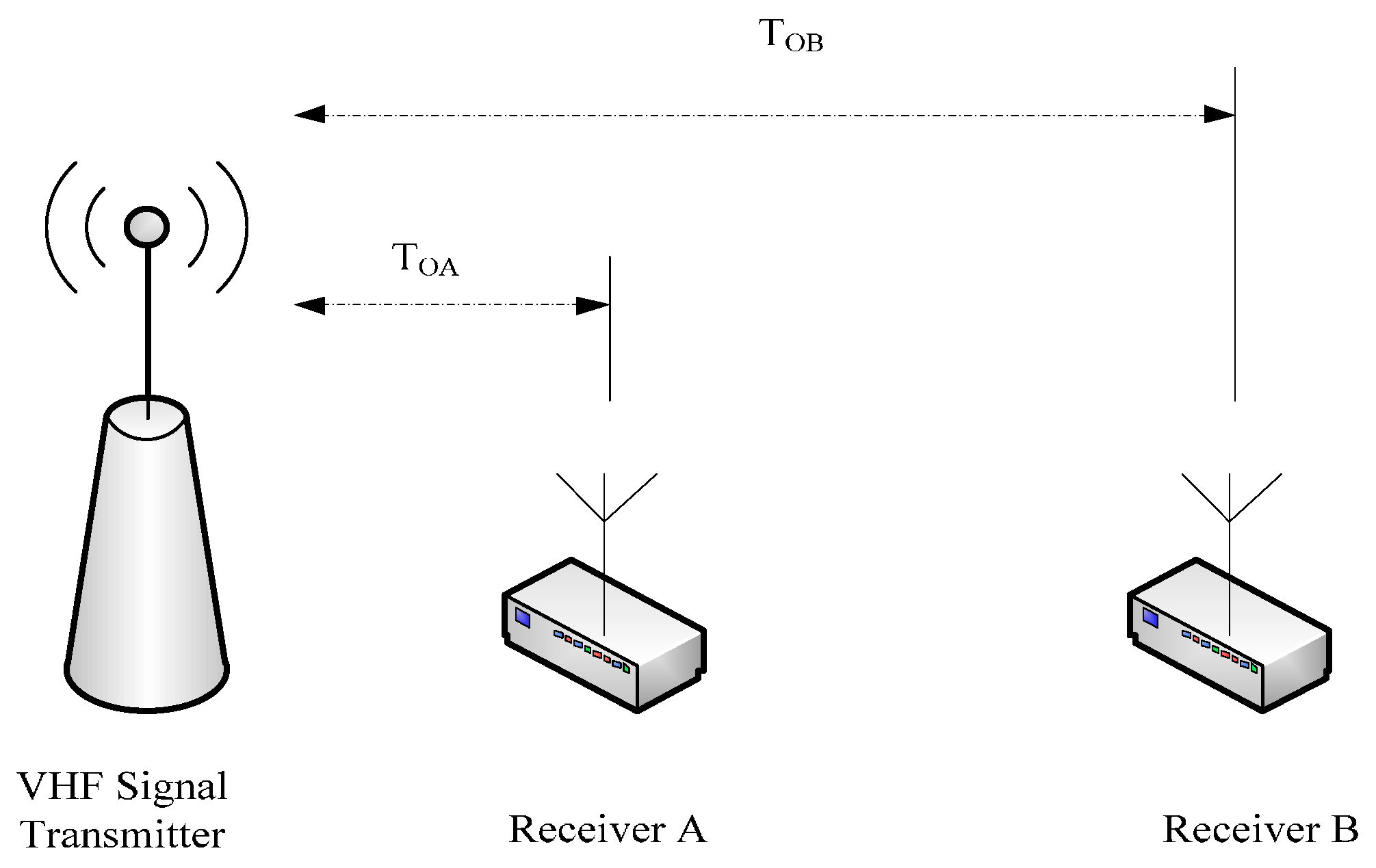
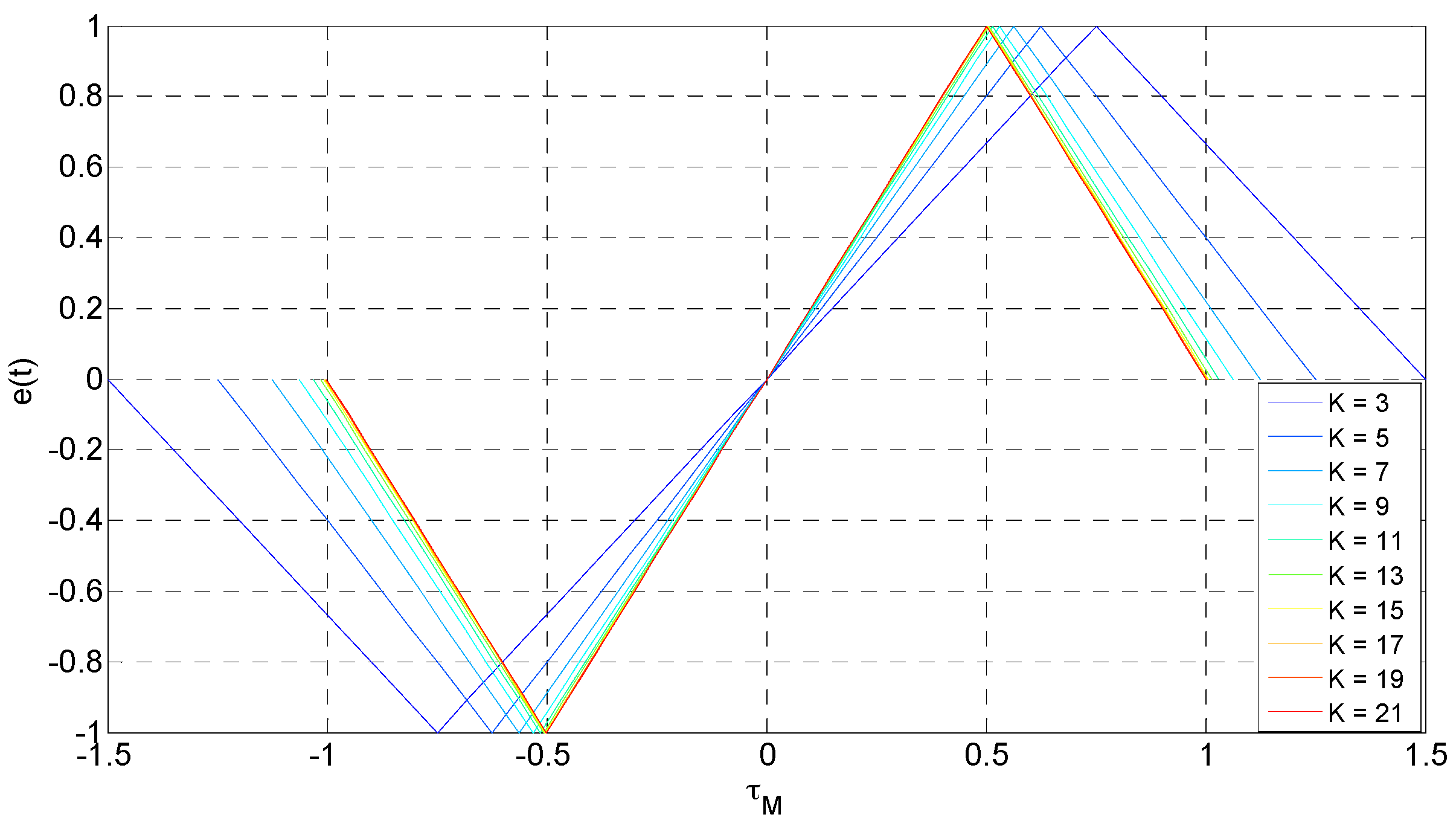
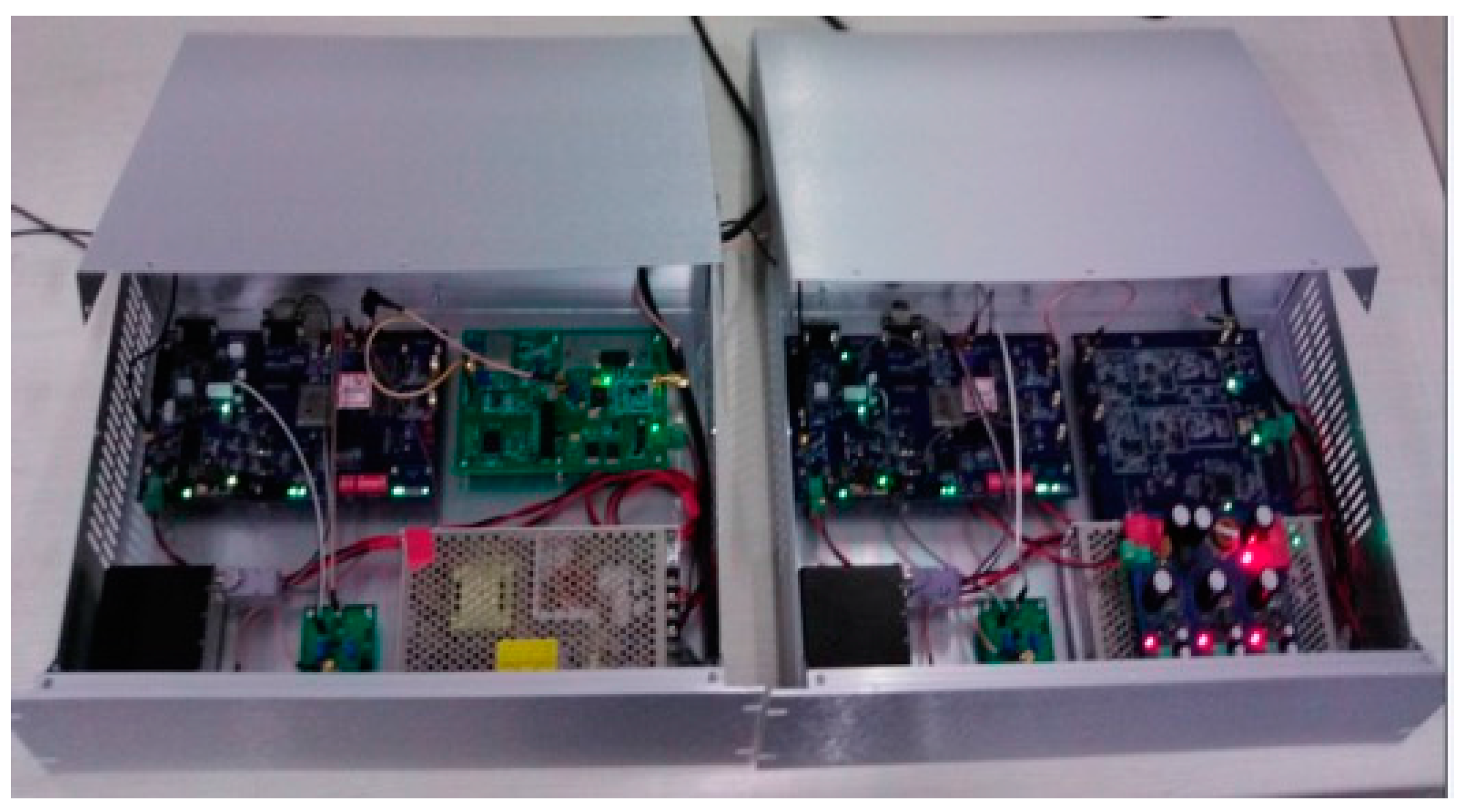


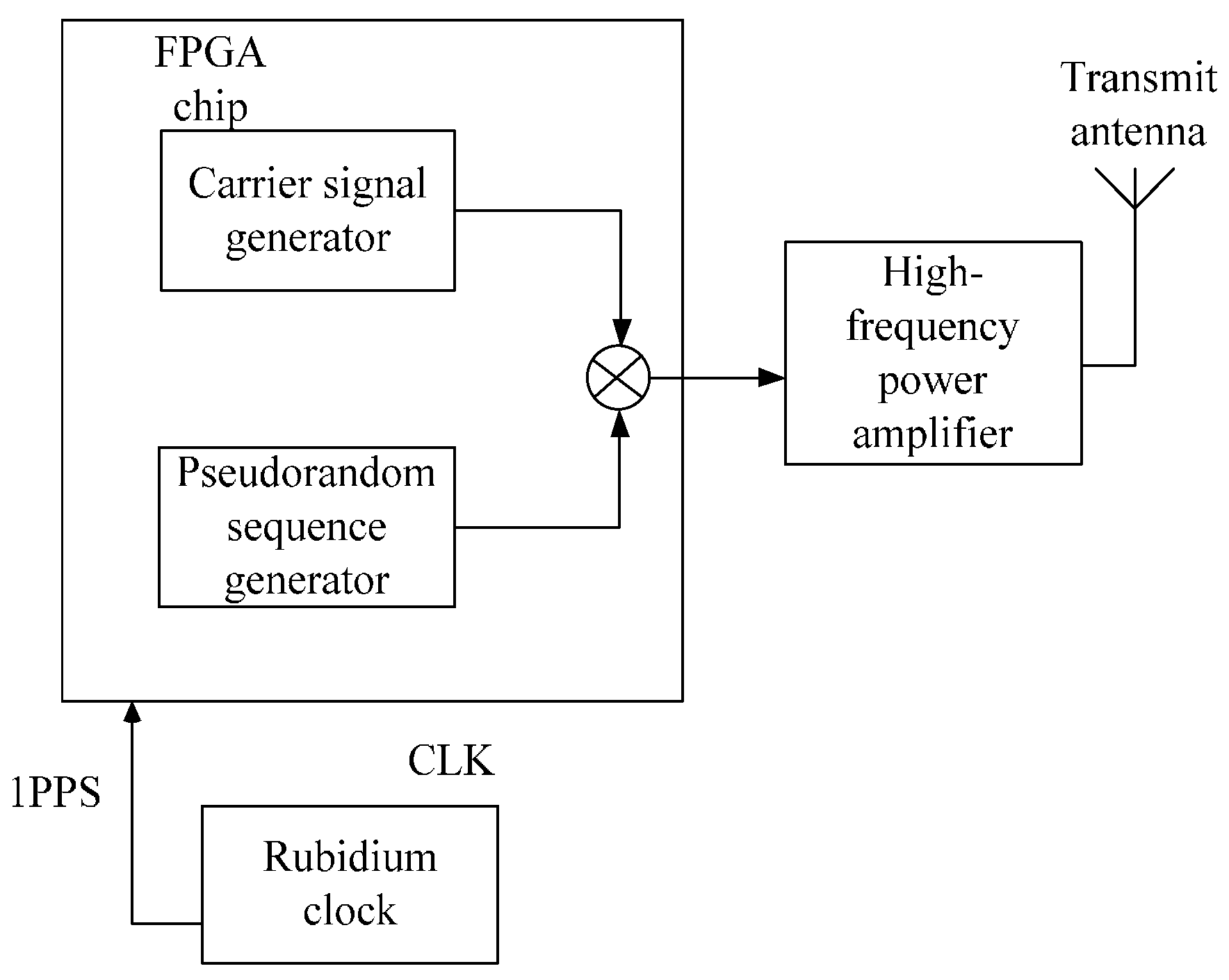
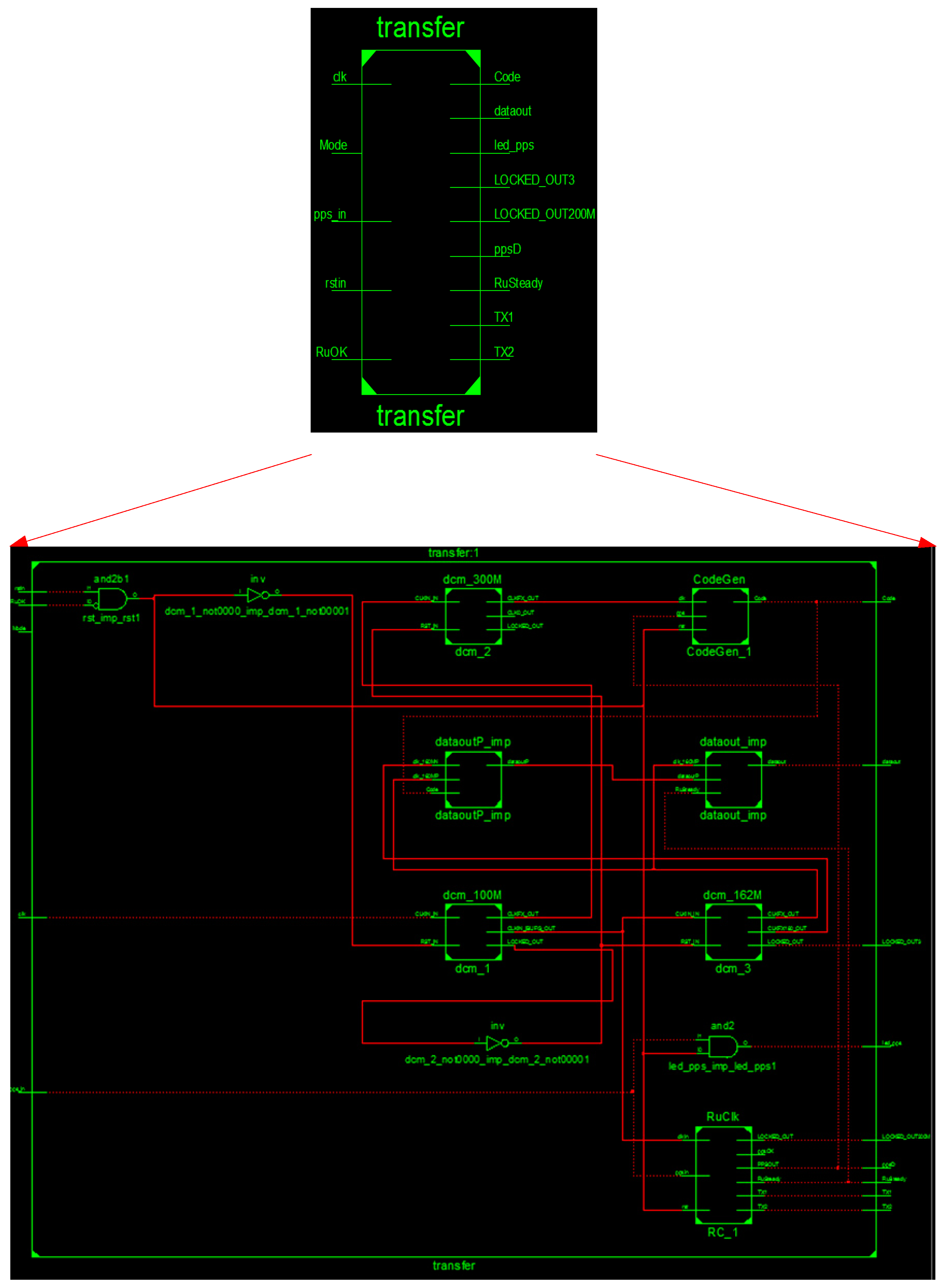
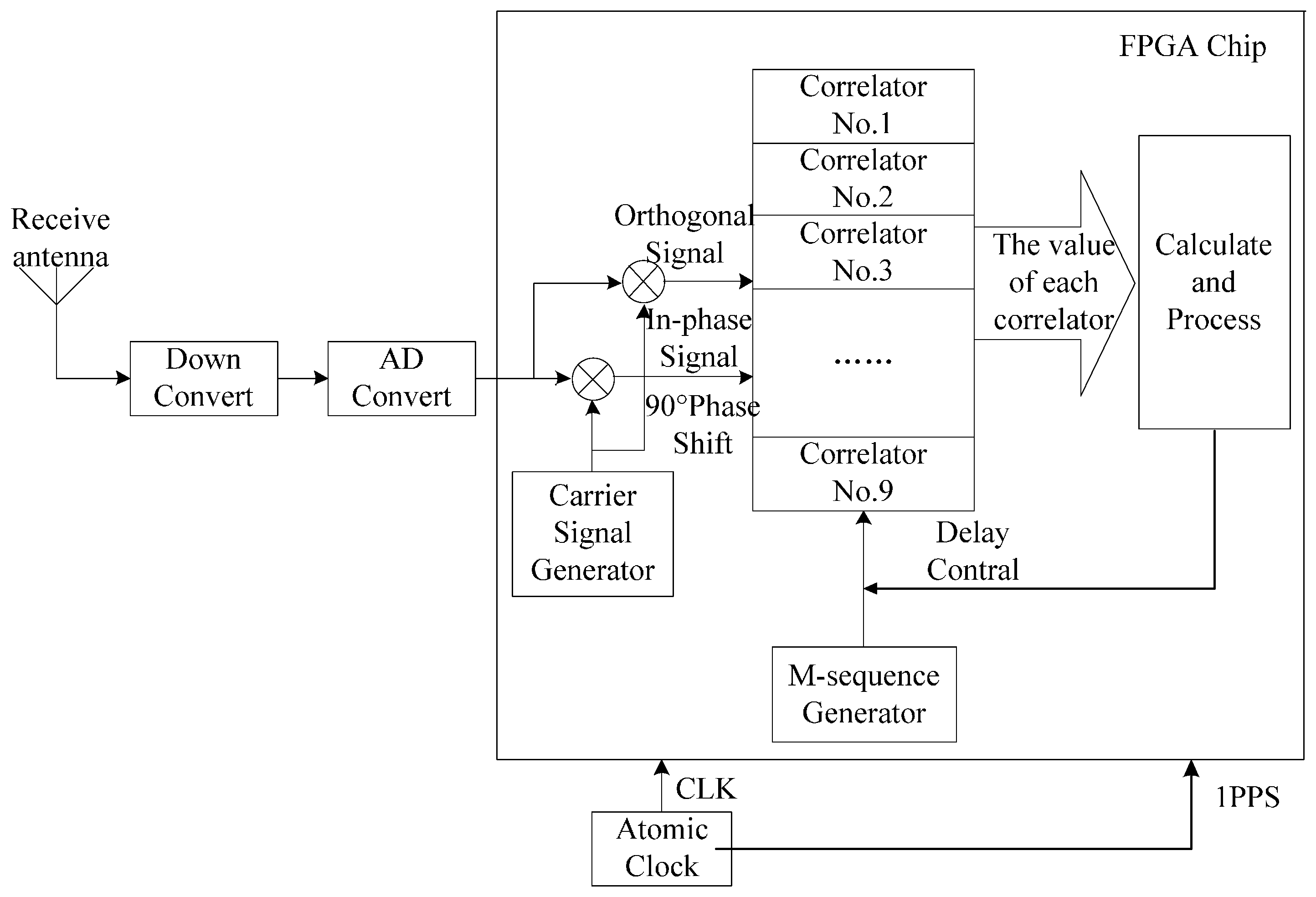
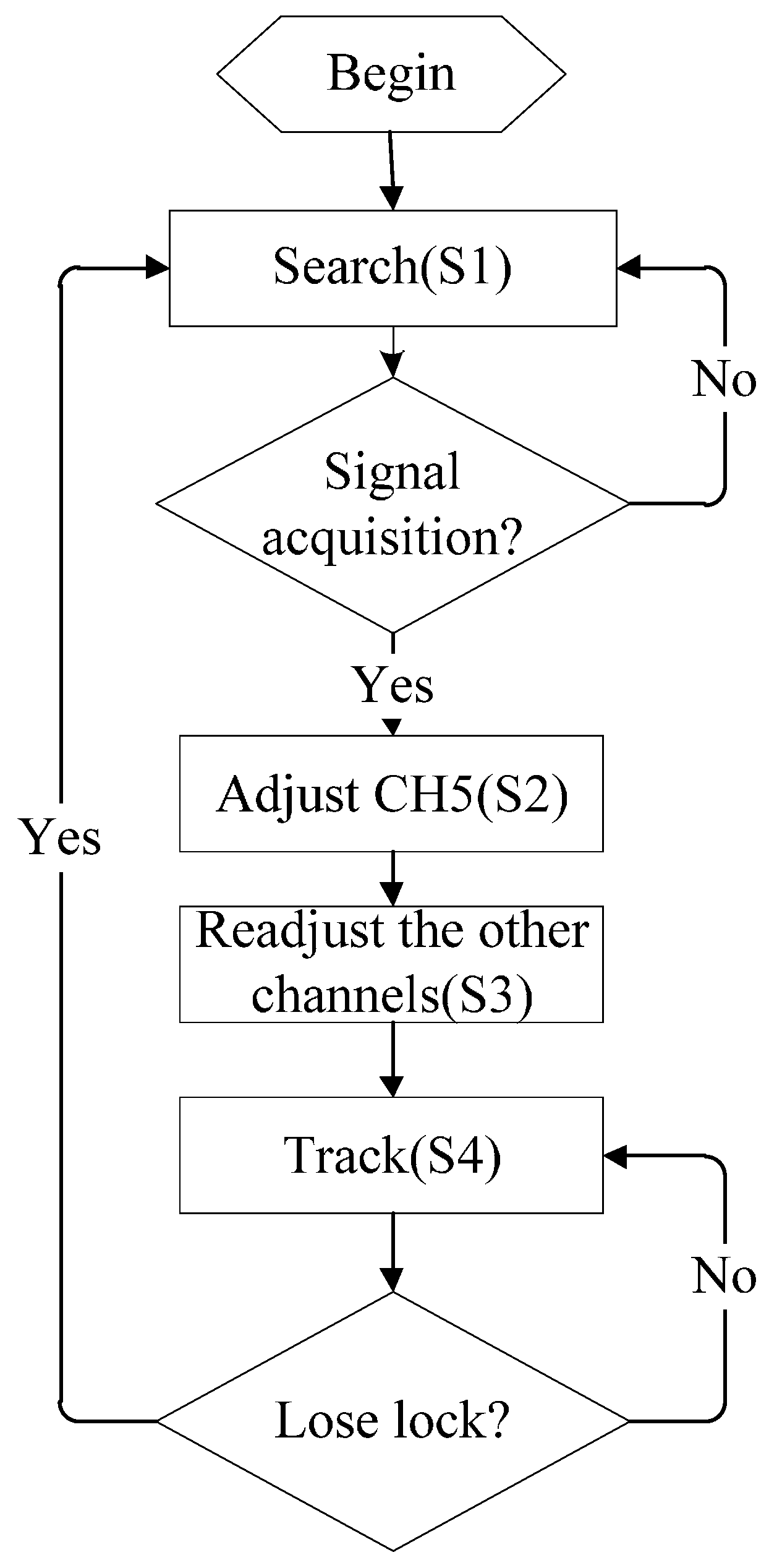
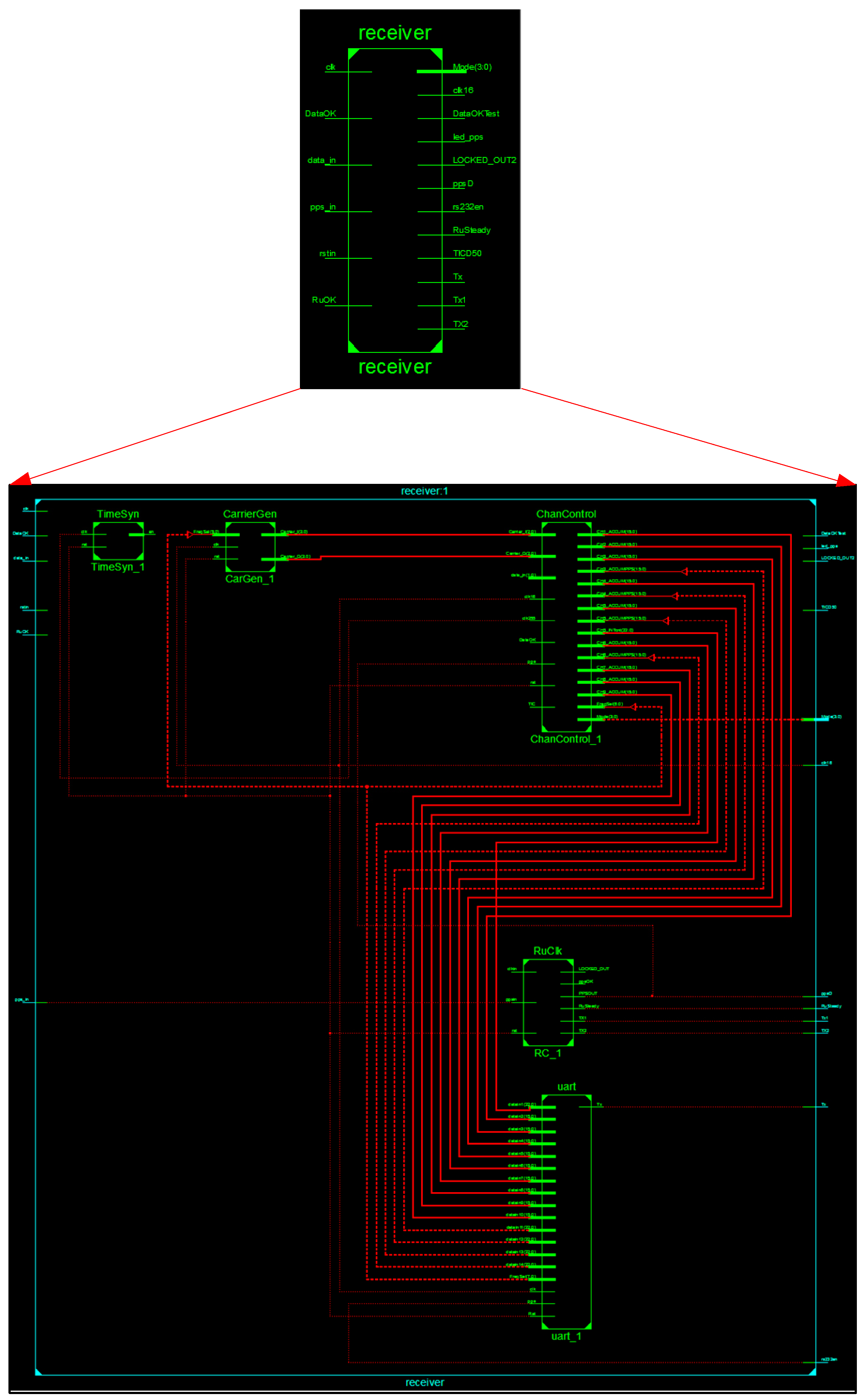
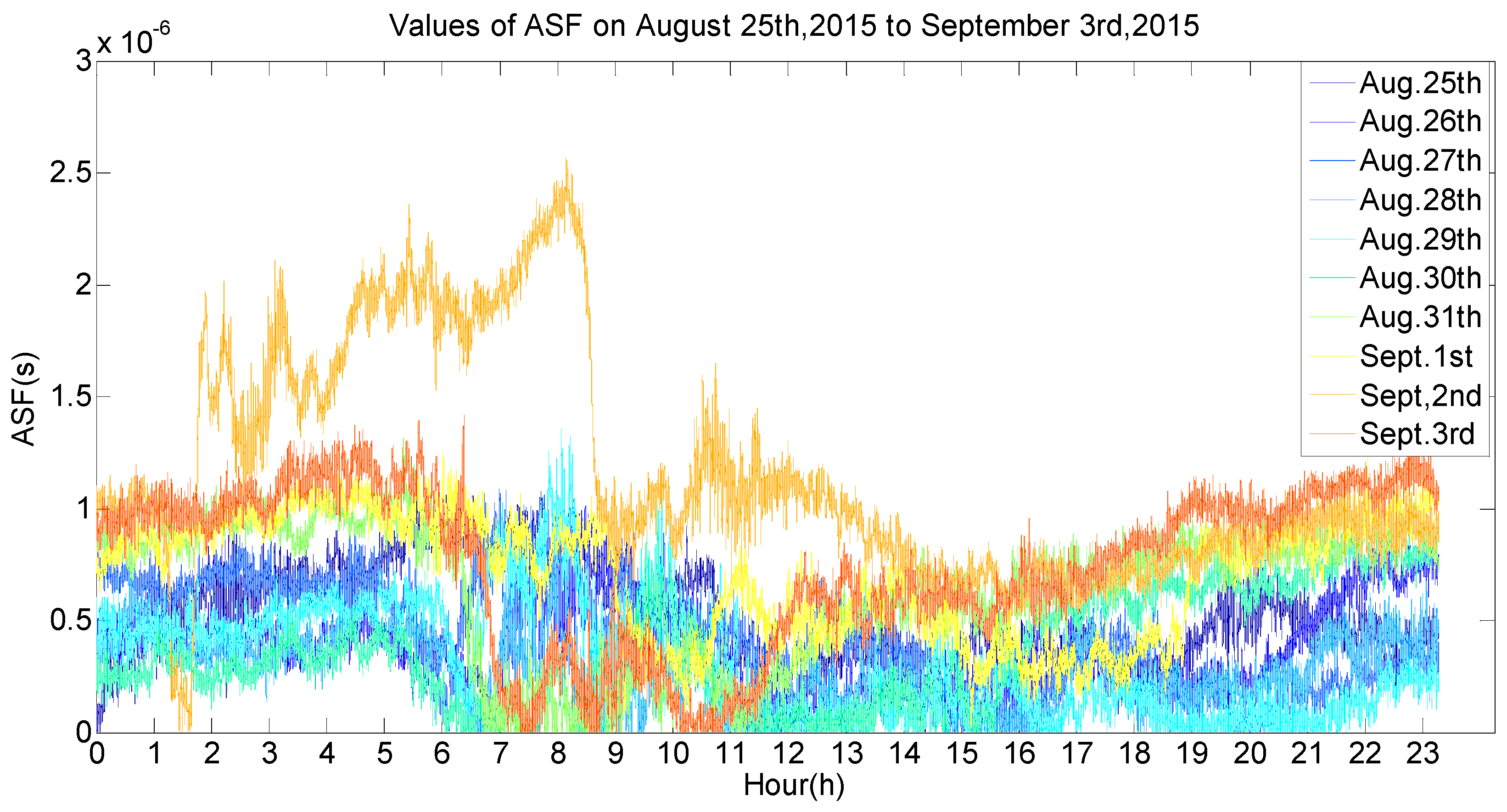

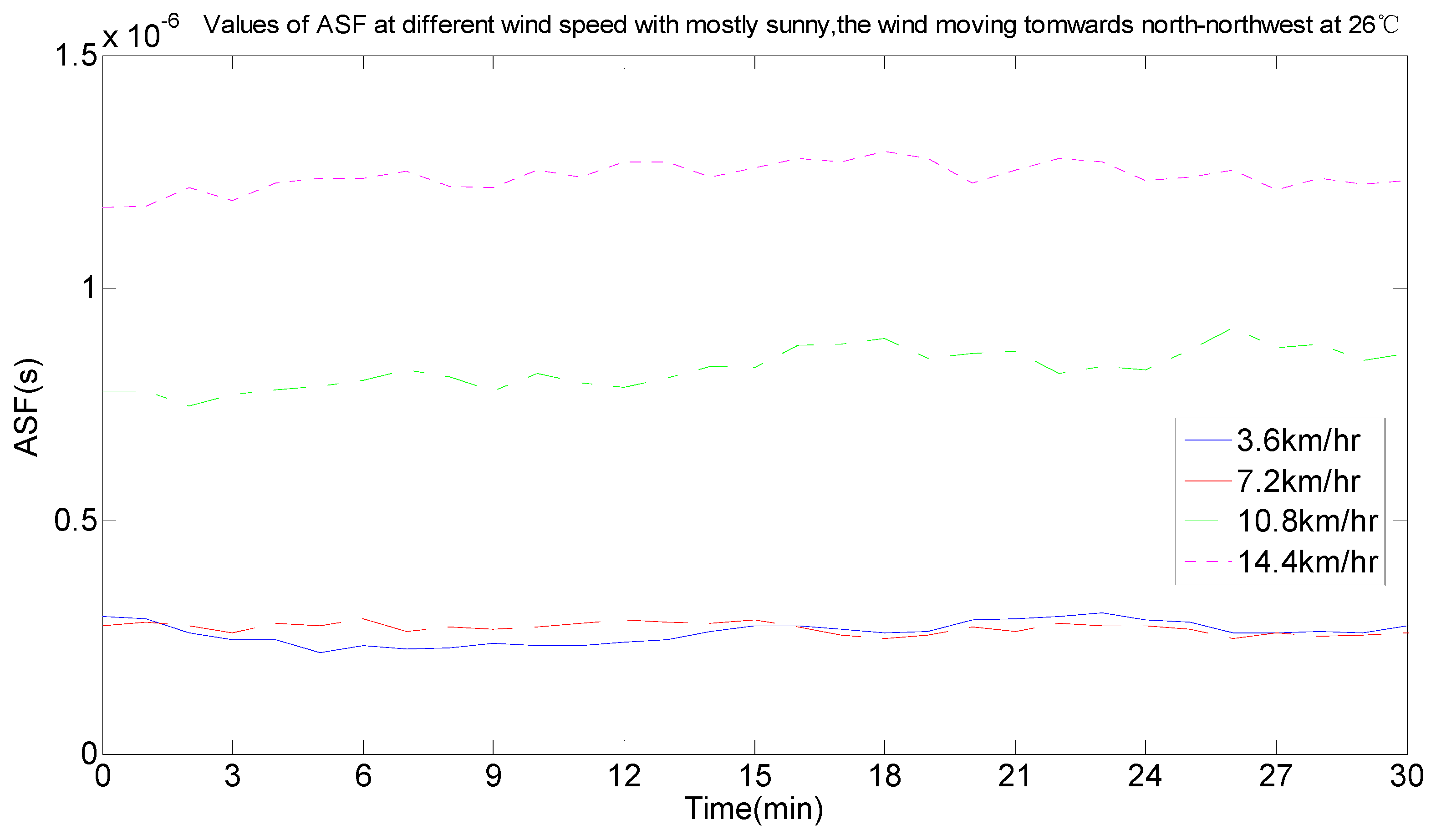
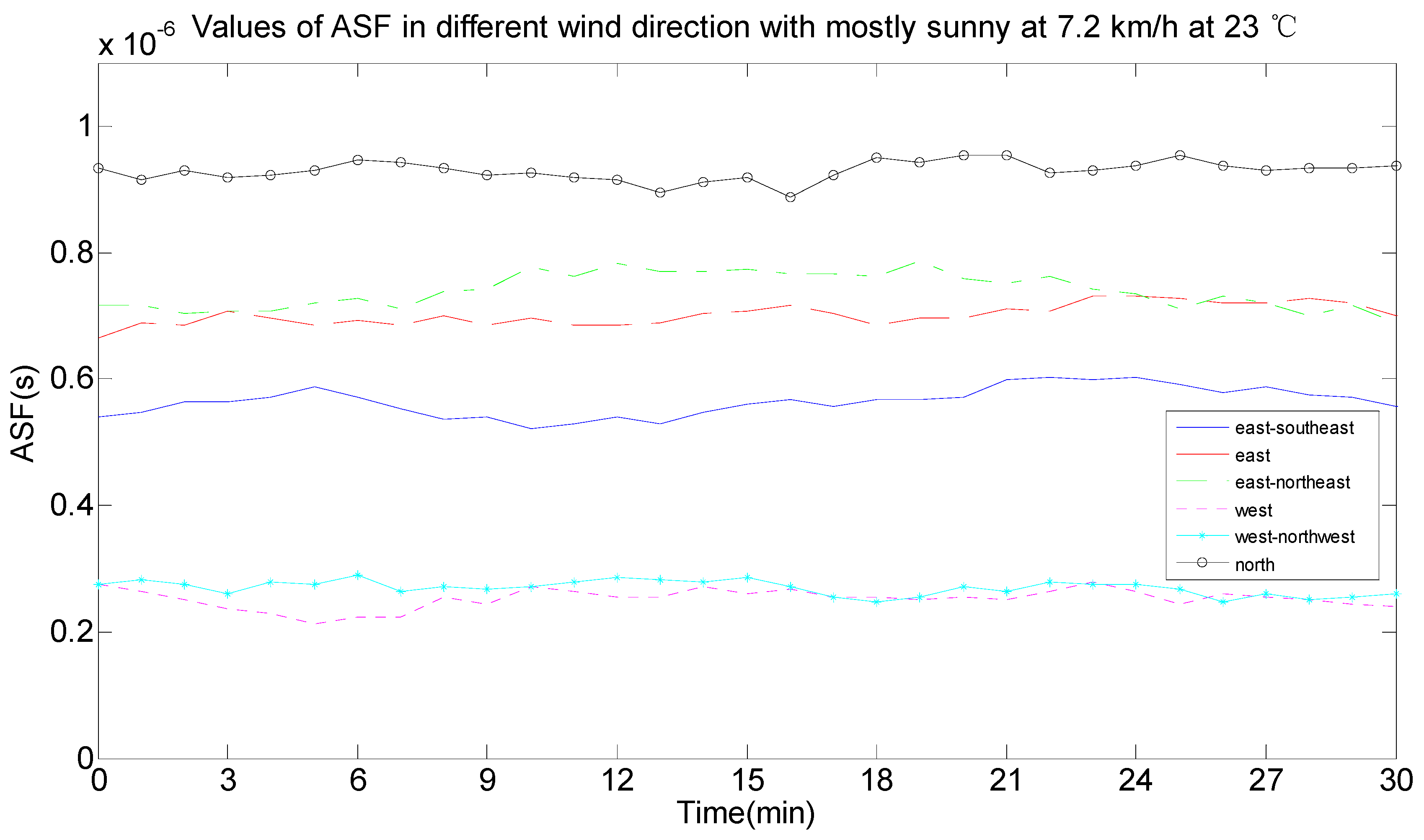
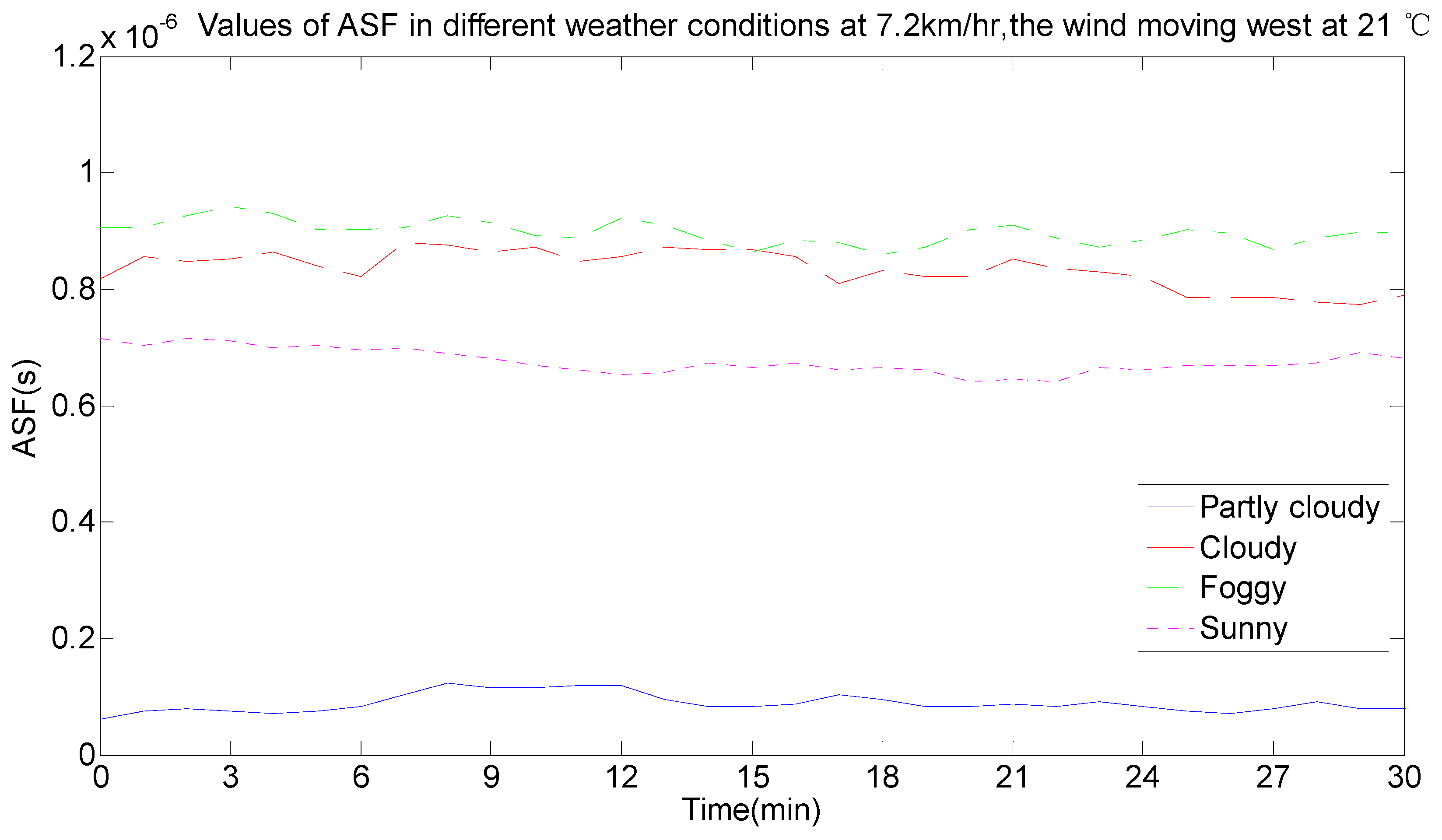

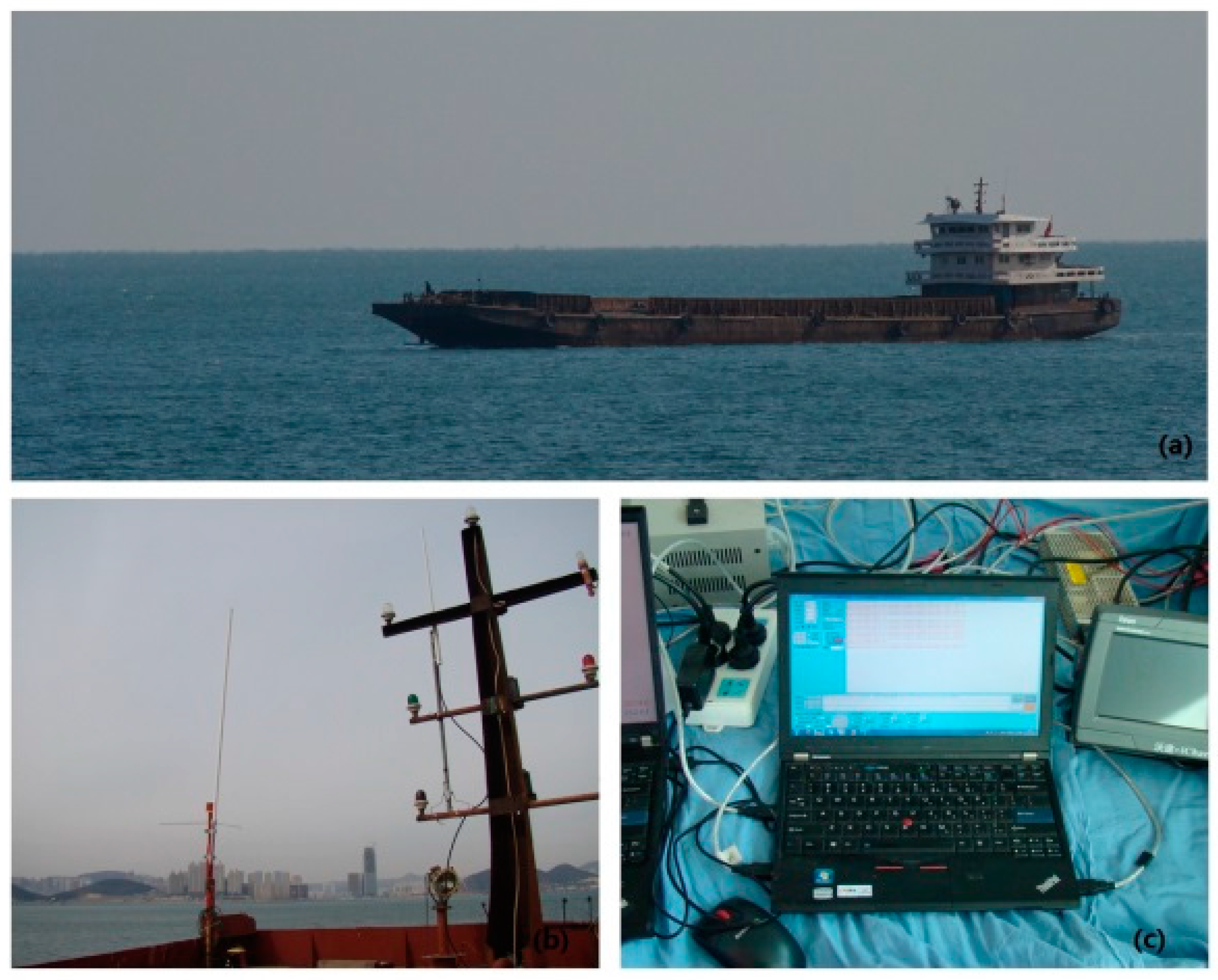
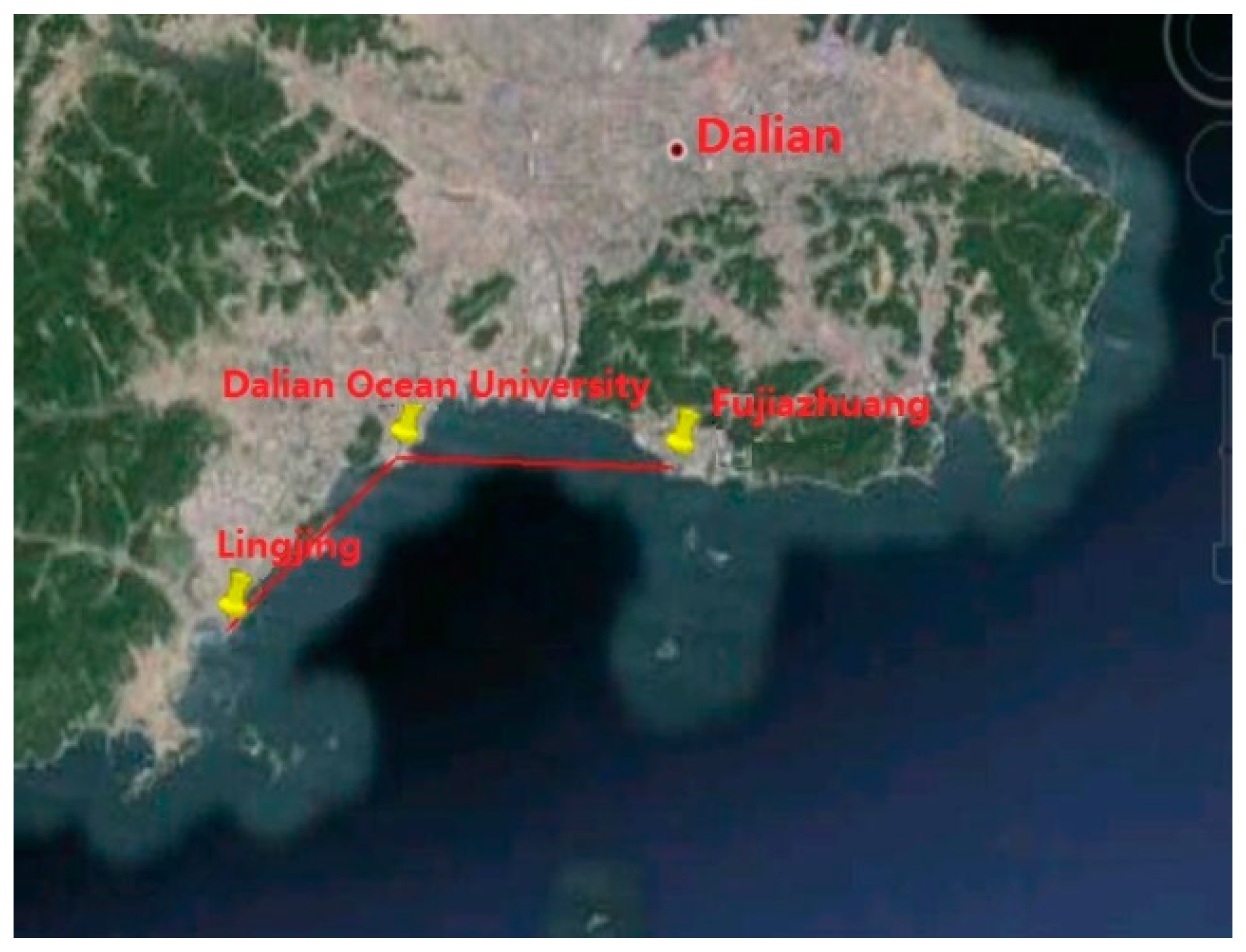
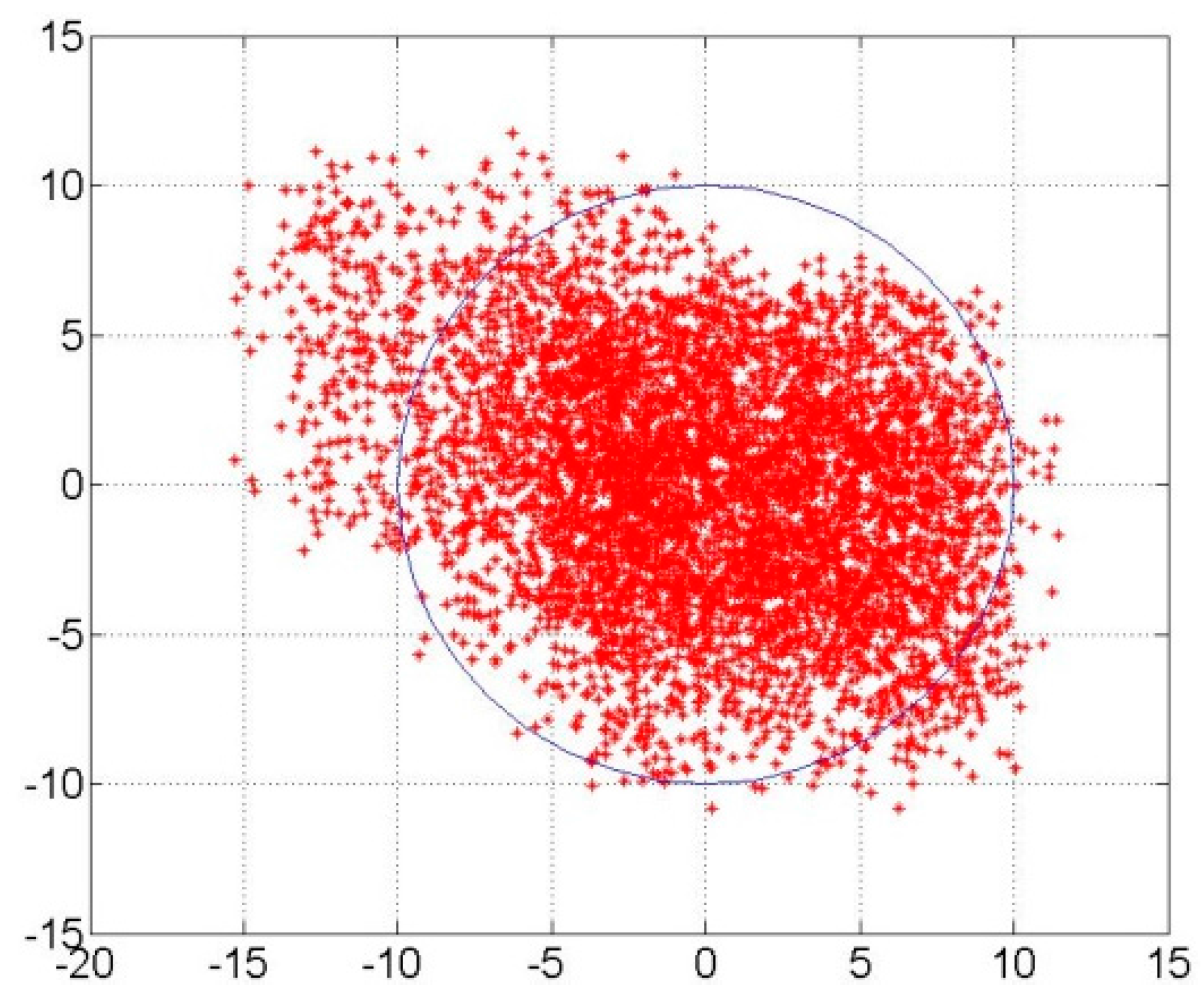
| Temperature (℃) | ASF (nano-seconds (ns)) | Error Correction (meters (m)) | Statistical Probability of the Error Correction Interval (%) | Error Correction Average (m) | |||
|---|---|---|---|---|---|---|---|
| 0–100 (m) | 100–200 (m) | 200–300 (m) | 300–400 (m) | ||||
| 22 | 595–954 | 178.43–286.07 | 0 | 4.39 | 95.61 | 0 | 229.0738 |
| 24 | 540–973 | 162.05–291.92 | 0 | 24.5 | 75.5 | 0 | 243.6178 |
| 25 | 622–1370 | 186.62–411.26 | 0 | 0.5 | 69.56 | 29.5 | 276.525 |
| 27 | 1.93–497 | 0.58–149.18 | 83.5 | 16.5 | 0 | 0 | 66.1956 |
| 28 | 115–661 | 34.51–198.31 | 23 | 77 | 0 | 0 | 128.1657 |
| Wind Speed (km/h) | ASF (ns) | Error Correction (m) | Statistical Probability of the Error Correction Interval (%) | Error Correction Average (m) | |||
|---|---|---|---|---|---|---|---|
| 0–100 (m) | 100–200 (m) | 200–300 (m) | 300–400 (m) | ||||
| 3.6 | 1.93–337 | 0.58–101.2 | 99.94 | 0.06 | 0 | 0 | 41.0782 |
| 7.2 | 21.5–400 | 6.44–119.93 | 96.78 | 3.22 | 0 | 0 | 54.8815 |
| 10.8 | 575–1290 | 172.57–385.51 | 0 | 2.5 | 60.06 | 37.44 | 284.662 |
| 14.4 | 634–1330 | 634–1330 | 0 | 5.61 | 43.5 | 55.94 | 305.8199 |
| Wind Direction | ASF (ns) | Error Correction (m) | Statistical Probability of the Error Correction Interval (%) | Error Correction Average (m) | |||
|---|---|---|---|---|---|---|---|
| 0–100 (m) | 100–200 (m) | 200–300 (m) | 300–400 (m) | ||||
| East-southeast | 396–727 | 118.76–218.21 | 0 | 96.5 | 3.5 | 0 | 166.9449 |
| East | 564–868 | 169.07–260.33 | 0 | 23.44 | 76.56 | 0 | 218.6659 |
| East-northeast | 384–786 | 115.25–235.76 | 0 | 79.22 | 20.87 | 0 | 166.6964 |
| West | 56.6–376 | 16.97–112.91 | 99.71 | 0.83 | 0 | 0 | 63.7418 |
| West-northwest | 21.5–400 | 6.44–119.9 | 96.78 | 3.22 | 0 | 0 | 54.8815 |
| North | 782–1260 | 234.58–377.32 | 0 | 0 | 32.33 | 67.67 | 321.0044 |
| Weather | ASF (ns) | Error Correction (m) | Statistical Probability of the Error Correction Interval (%) | Error Correction Average (m) | |||
|---|---|---|---|---|---|---|---|
| 0–100 (m) | 100–200 (m) | 200–300 (m) | 300–400 (m) | ||||
| Partly cloudy | 1.93–138 | 0.58–41.54 | 100 | 0 | 0 | 0 | 10.4741 |
| Cloudy | 610–930 | 183.11–279.05 | 0 | 3.33 | 96.67 | 0 | 232.9513 |
| Foggy | 673–1050 | 201.83–316.49 | 0 | 0 | 96.06 | 3.94 | 258.2011 |
| sunny | 583–872 | 174.92–261.5 | 0 | 12.39 | 87.61 | 0 | 218.2041 |
© 2017 by the authors. Licensee MDPI, Basel, Switzerland. This article is an open access article distributed under the terms and conditions of the Creative Commons Attribution (CC BY) license (http://creativecommons.org/licenses/by/4.0/).
Share and Cite
Wang, X.; Zhang, S.; Sun, X. The Additional Secondary Phase Correction System for AIS Signals. Sensors 2017, 17, 736. https://doi.org/10.3390/s17040736
Wang X, Zhang S, Sun X. The Additional Secondary Phase Correction System for AIS Signals. Sensors. 2017; 17(4):736. https://doi.org/10.3390/s17040736
Chicago/Turabian StyleWang, Xiaoye, Shufang Zhang, and Xiaowen Sun. 2017. "The Additional Secondary Phase Correction System for AIS Signals" Sensors 17, no. 4: 736. https://doi.org/10.3390/s17040736






